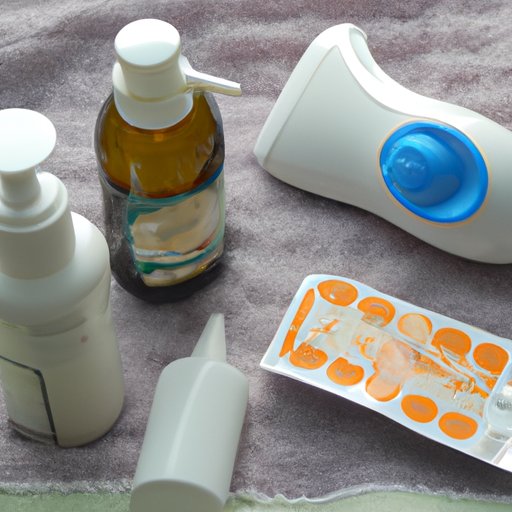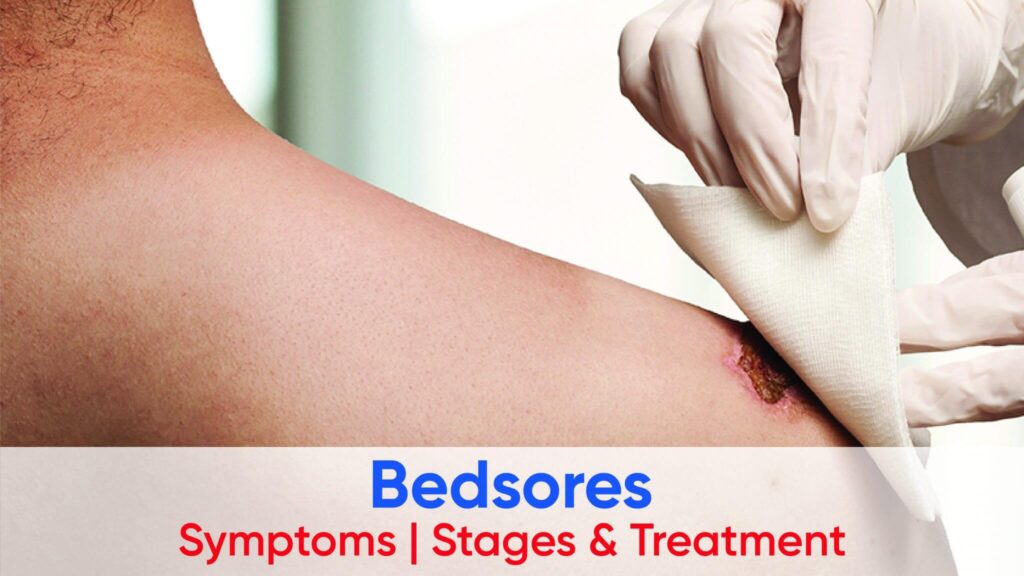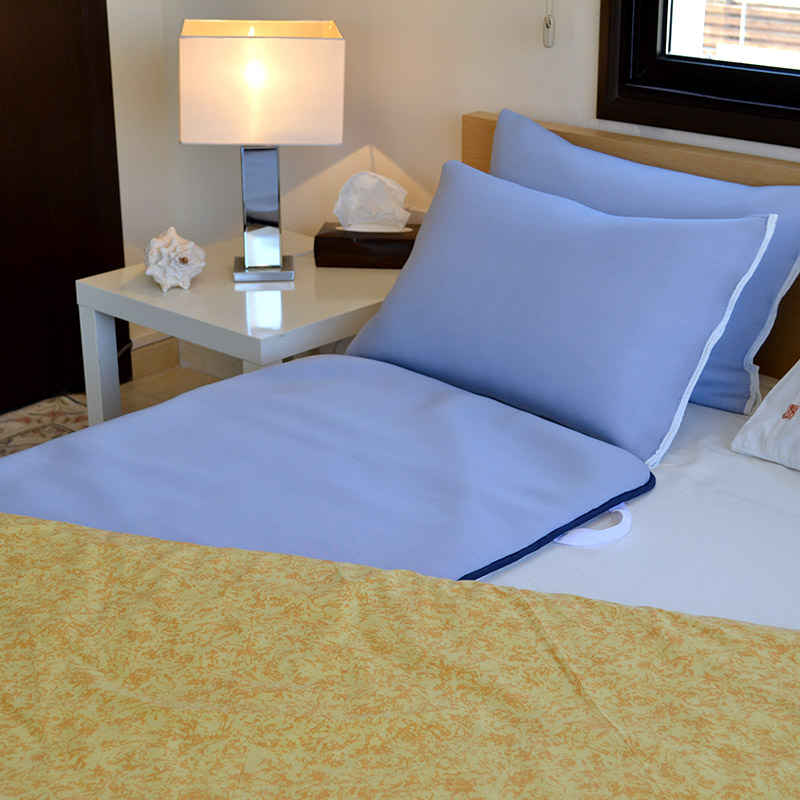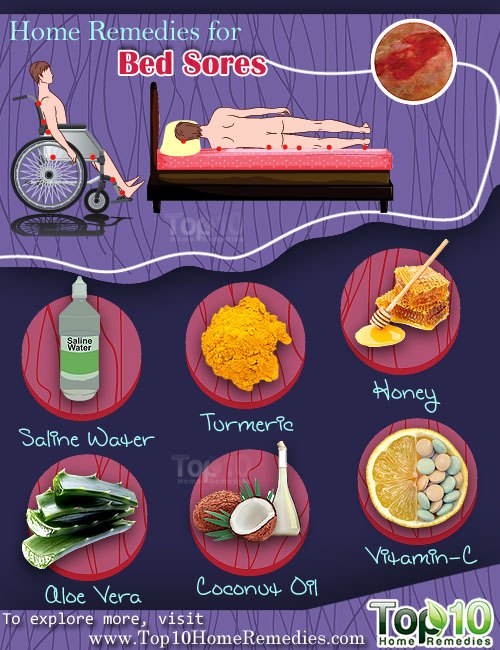Fantastic Tips About How To Treat A Bed Sore

They range from closed to open wounds and are classified into a series of four stages based on how.
How to treat a bed sore. Pressure ulcers are preventable, so it is important to check your skin twice daily for early signs and to treat them quickly. What are surgical treatments for bedsores? Medical encyclopedia → how to care for pressure sores how to care for pressure sores a pressure sore is an area of the skin that breaks down when something keeps rubbing or pressing against the skin.
There’s a staging process to help your healthcare professional diagnose and treat you. Bed sores might also be. This could be especially harmful if the skin is moist from sweat.
Skin care bed sore treatment: Inspect your skin every day. They’re often the result of sitting or lying in the same position for a.
Gently wash very minor sores with water and mild soap. Without care, pressure ulcers can become very serious. Clean open sores with a saline solution with each change of dressing.
Stage 1 the skin isn’t. Selecting the best treatment begins with knowing the stage of the injury. Turning and repositioning every 2 hours sitting upright and straight in a wheelchair, changing position every 15 minutes providing soft padding in wheelchairs and beds to reduce pressure providing good.
There are four stages of pressure injury: Clean the wound: How a pressure ulcer is treated depends on how severe it is.
Surgery is sometimes recommended for the most serious cases. Try to move or change position in your bed or chair regularly to prevent pressure sores from developing — ask your carer for. When two surfaces slide against each.
It is more likely if a person has to stay in a bed or chair for a long time. How are bed sores treated? Relieve pressure, remove dead tissue, and clean and dress taking care of a bed sore involves the following broad steps:
(avoid hydrogen peroxide or iodine cleaners, which can damage your skin.) Shapecharge / getty images bed sores are wounds that affect areas of skin and underlying soft tissue that have had pressure put on them for long periods of time. Specially designed mattresses and cushions dressings to protect the ulcer and help it heal creams and ointments
Stages 3 or 4 pressure sores that are deep or affect a large area of skin may require surgery. Stage 1 and 2 ulcers usually do not require surgery, but stage 3 and 4 ulcers may. You may need a skin graft to close the wound.








![Bed Sores Treatment [Ultimate Guide] Vive Health](https://cdn.shopify.com/s/files/1/0763/4541/files/stages_of_pressure_ulcers_stage_2_5288261b-c00d-4a21-aaab-3316457075ad.jpg?v=1479757703)









